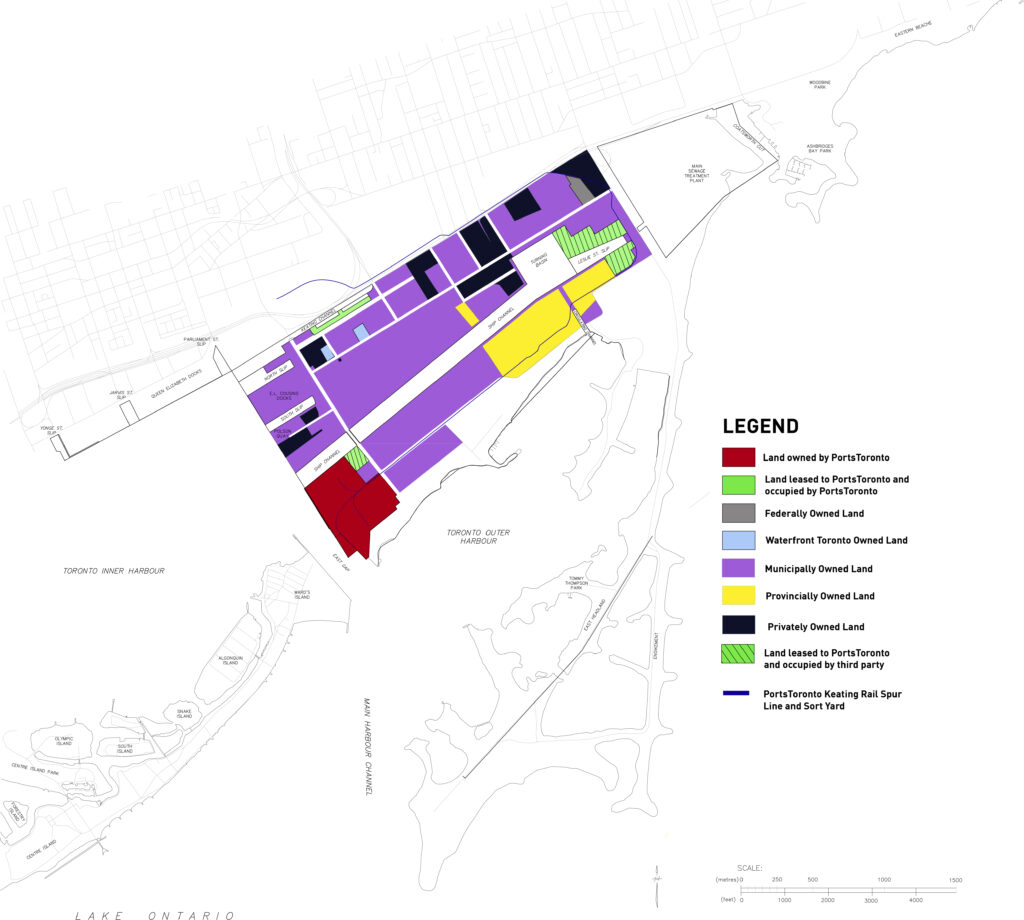
Port of Toronto
The Port of Toronto, one of Canada’s largest major inland ports, is situated on the northwest shore of Lake Ontario. Located minutes from Toronto’s downtown core, the Port of Toronto has served as Toronto’s gateway to the St. Lawrence Seaway and to marine ports around the world since 1793.
The Port of Toronto is an economic engine, driving investment, tourism and trade, and key piece of infrastructure within the transportation ecosystem servicing the Greater Toronto Area (GTA), generating over $460 million in economic activity in Ontario and unlocking sustainable marine connectivity into the heart of Canada’s largest city.
More than two million metric tonnes of cargo transit through the Port of Toronto each year, providing the sugar for our coffee, the salt for our roads and the raw materials needed for Toronto’s booming construction industry, including cement, aggregate and steel.
The Port of Toronto is also a gateway for cruise travel and hub for film and television production that blends seamlessly into Toronto’s iconic waterfront.
